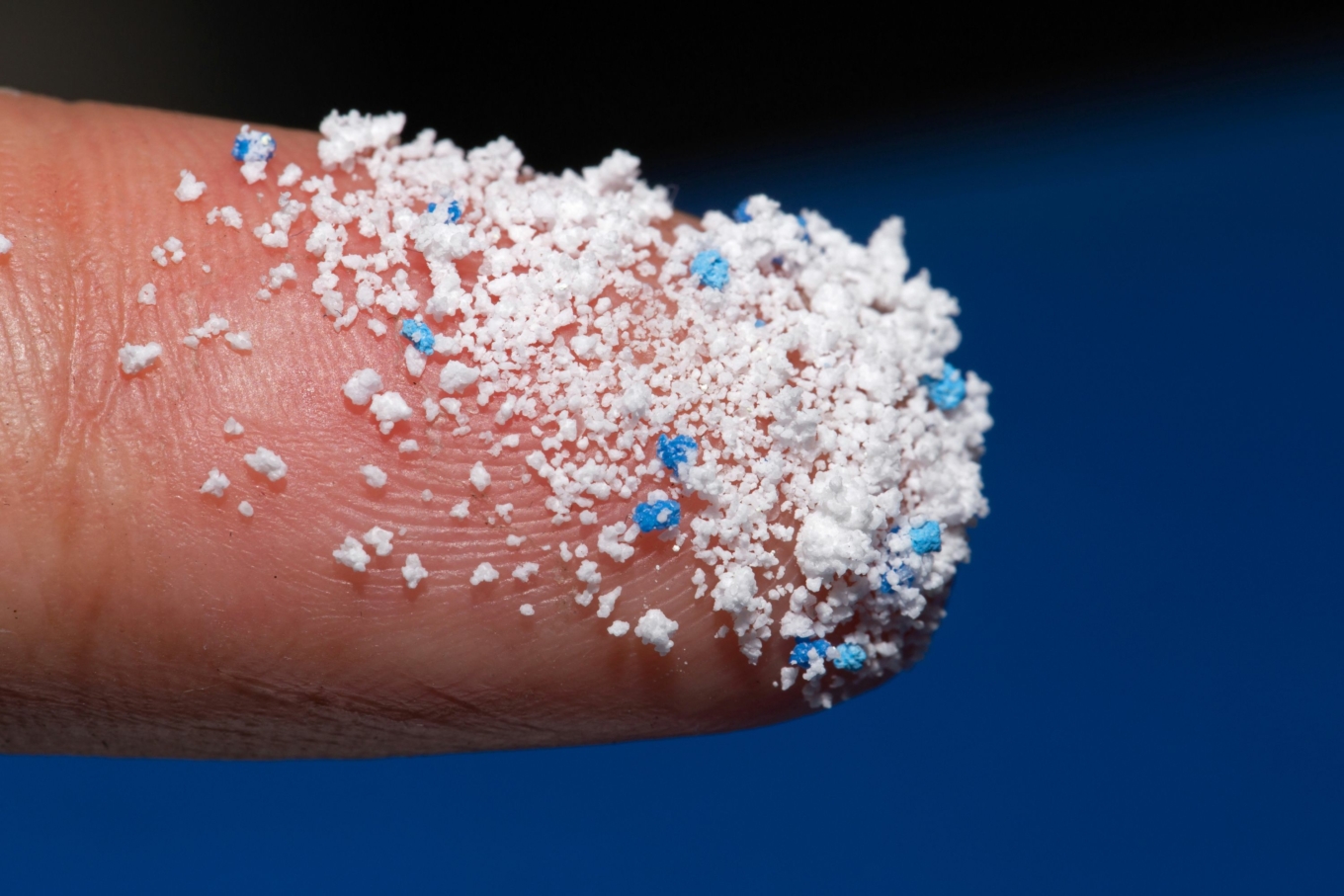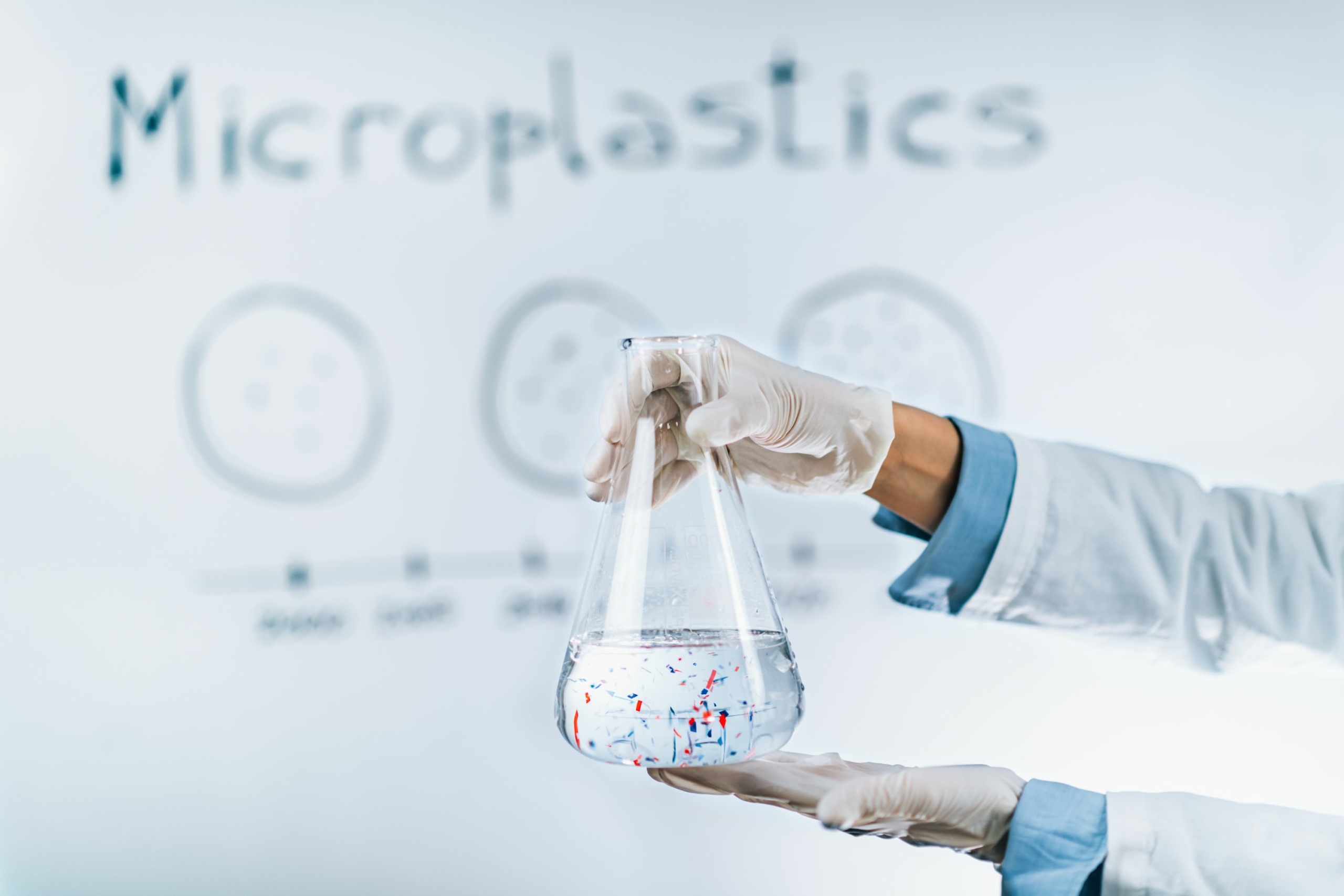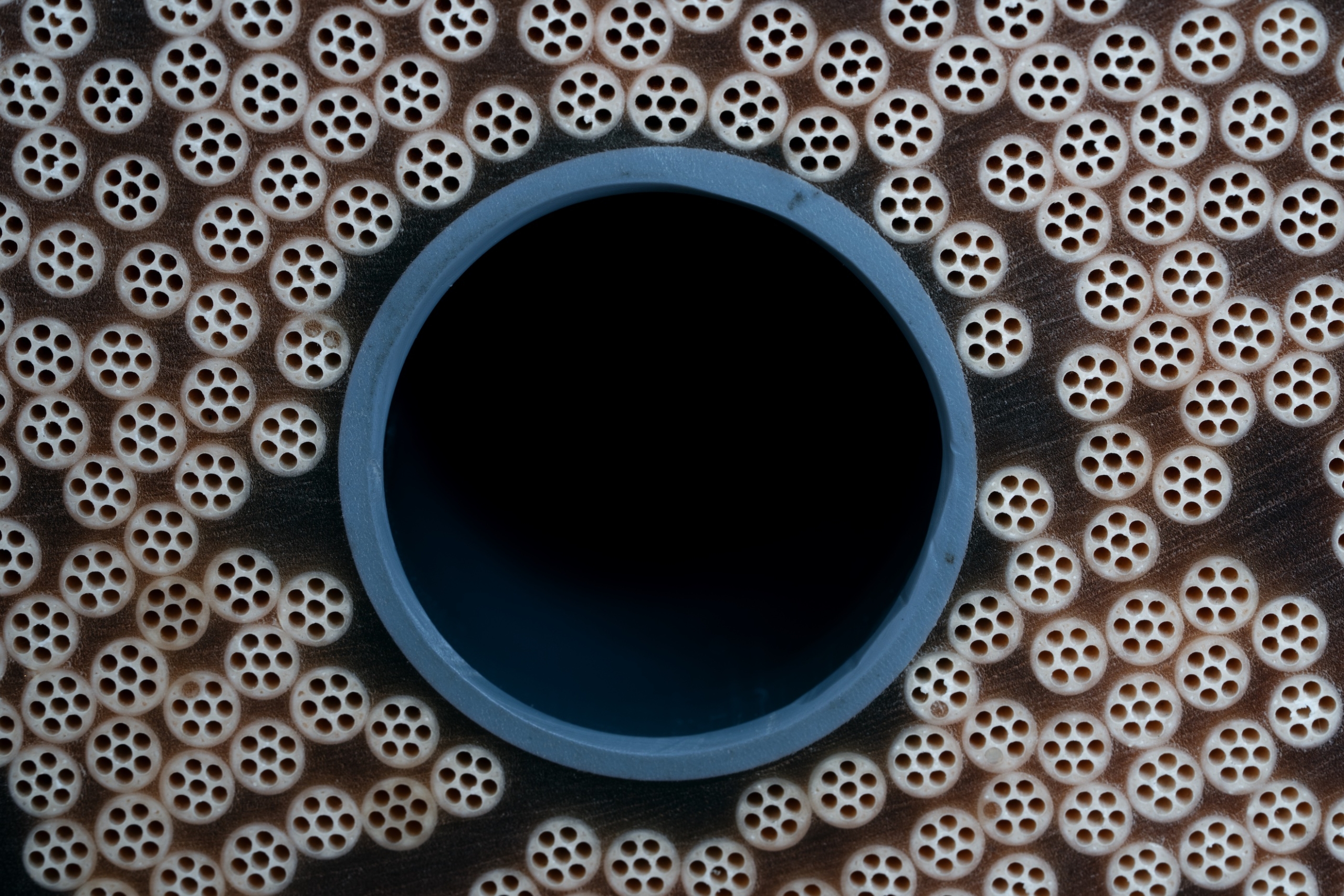
How does microplastic get into water?
Unfortunately, microplastics getting into our drinking water is almost insurmountable. Many different products contain or are made of plastic. The use of these products leads to the ingestion of microplastics. For example, you can find it in the following products:
-
- Microplastics in toothpaste
-
- Microplastics in cosmetics
-
- Microplastics in shampoo
Microplastics can enter drinking water in a number of ways. For example, after a rainstorm when microplastic particles are in the air, through wastewater (both treated and untreated) or from a combined sewer overflow. Plastic bottles and caps used in bottled water can also be a source of microplastics in drinking water.
Filtering drinking water through water treatment plants is an intensive process. To make sure your tap water is extra-filtered, you can add an ultra-filtration separation process in between. This filter allows you to capture microplastic particles as well as legionella and other harmful substances and bacteria. Because you are capturing these substances, they will not end up in your drinking water.

